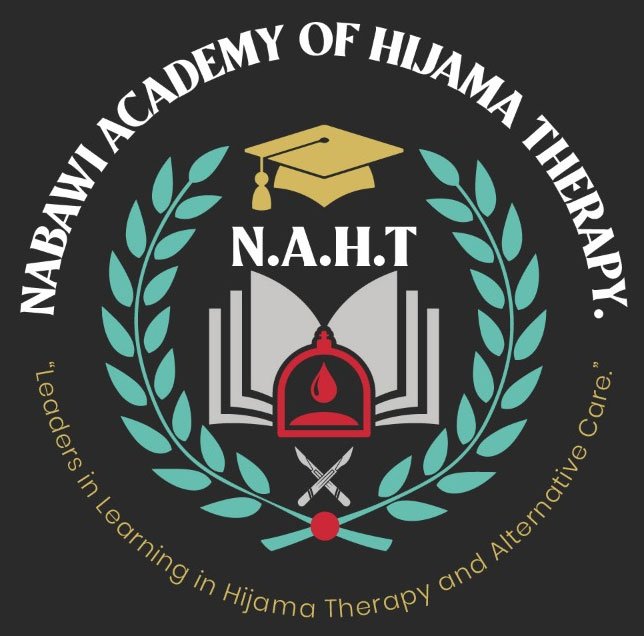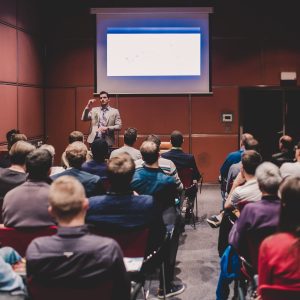Module-1-
1.0 Introduction to Spagyric Homoeopathy.
1.1 Origins and History of Spagyric Medicine.
1.2 The Philosophy and Principles of Spagyric Homoeopathy.
1.3 Comparing Spagyric Homoeopathy with Classical Homoeopathy.
1.4 Ethics and Sustainable Practices in Spagyric Medicine.
Module-2-
2.0 Alchemical Principles in Spagyric Medicine.
2.1 Understanding the Three Essential Principles: Sulphur, Mercury, and Salt.
2.2 The Role of Planetary Influences in Spagyric Preparation.
2.3 The Quintessence: The Energetic Essence of Plants and Minerals.
Module-3-
3.0 Spagyric Medicine Preparation Techniques.
3.1 Plant Alchemy: Herbal Spagyrics.
3.2 Mineral Alchemy: Extracting Essences from Minerals.
3.3 The Alchemical Process: Separation, Purification, and Reintegration.
3.4 Creating Spagyric Essences and Tinctures.
Module-4-
4.0 Spagyric Homoeopathic Materia Medica.
4.1 Study of Key Spagyric Remedies.
4.2 Indications and Applications of Spagyric Homoeopathic Medicines.
4.3 Dosage and Potency Selection in Spagyric Homoeopathy.
Module-5-
5.0 Spagyric Diagnosis Techniques.
5.1 Observing and Analysing Symptoms and Patterns.
5.2 Radionics and Energetic Diagnosis in Spagyric Medicine.
5.3 Pulse and Tongue Diagnosis in Spagyric Homoeopathy.
Module-6-
6.0 Spagyric Remedies for Specific Health Conditions.
6.1 Spagyric Support for Digestive Disorders.
6.2 Spagyric Solutions for Respiratory Ailments.
6.3 Spagyric Interventions for Musculoskeletal Conditions.
6.4 Spagyric Approach to Emotional and Mental Health.
Module-7-
7.0 Integrative Approach with Spagyric Homoeopathy.
7.1 Combining Spagyric Homoeopathy with Other Healing Modalities.
7.2 Lifestyle and Nutritional Recommendations in Spagyric Healing.
7.3 Complementing Spagyric Remedies with Meditation and Energy Work.
Module-8-
8.0 Practical Application of Spagyric Remedies.
Module-9-
9.0 Professional Practices and Legal Aspects.
9.1 Setting up a Spagyric Homoeopathy Practice or Clinic.
9.2 Client Consultation and Record-Keeping.
9.3 Ethics, Regulations, and Legalities in Spagyric Homoeopathic Practice.
Module-10-
Practicum/Practical Internship:
N.B-Optional criteria
The practical element of this course is optional for more hands-on experience and to build the practitioner’s confidence when dealing with patients in real-life situations and in prescribing spagyric remedies. This element of the course incurs an additional fee.
- Clinical Internship: Students will have the opportunity to observe and participate in real-world Ayurvedic treatment settings, applying their knowledge under supervision. This will be an attendance-based workshop for all students and will involve case studies, practical training, & analysing Spagyric Homoeopathy Case Studies.
- Case Studies: Students will analyse and develop treatment plans for specific spagyric health cases.
- Conclusion: The Diploma in Spagyric Homoeopathy programme provides you with a comprehensive understanding of this unique and integrated approach to healing. By combining the principles of homoeopathy and alchemy, Spagyric Homoeopathy offers a profound and holistic perspective on health and wellness.
Upon completing this course, you will be prepared to embark on a rewarding journey as a certified Spagyric Homoeopathy practitioner, offering individuals an alternative and transformative path to healing and well-being. Embrace the power of Spagyric Medicine and contribute to the evolution of holistic healthcare.






Reviews
There are no reviews yet.